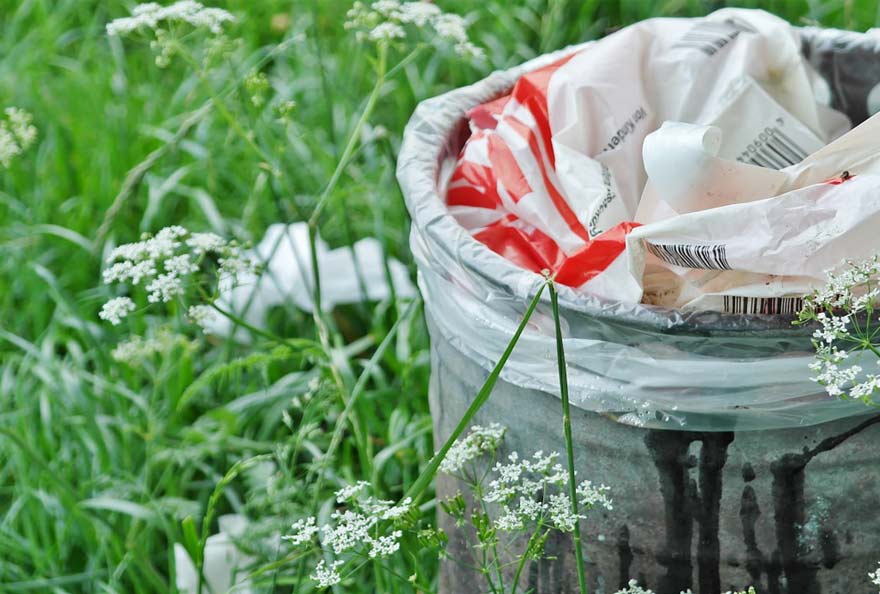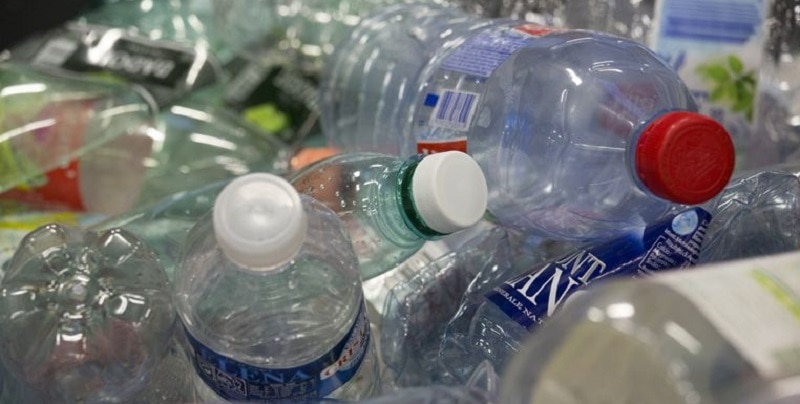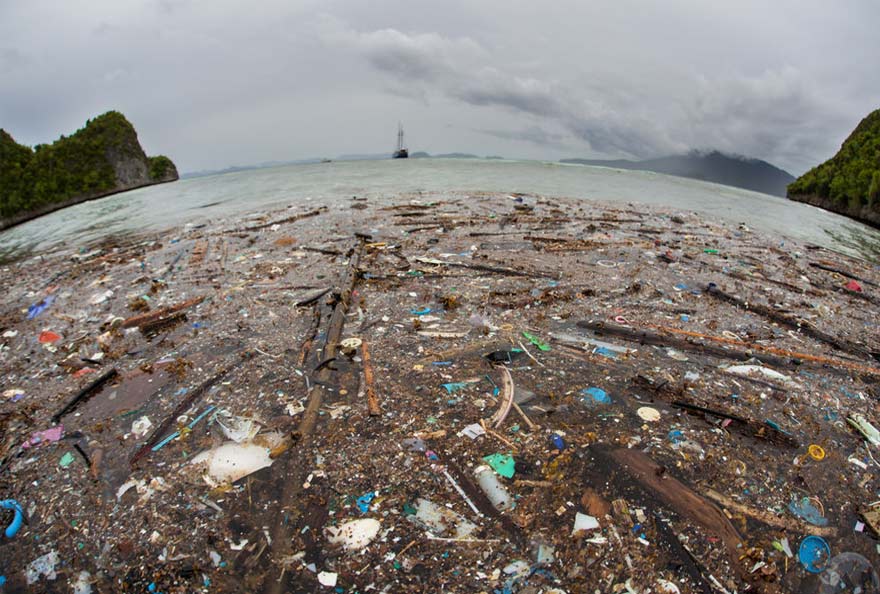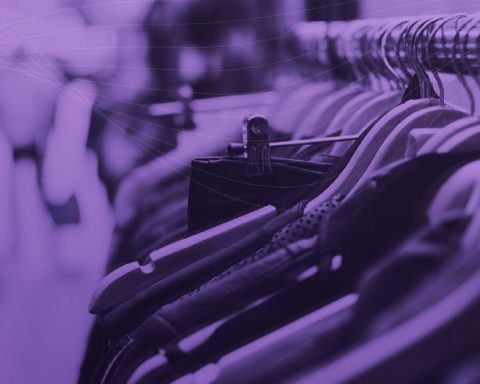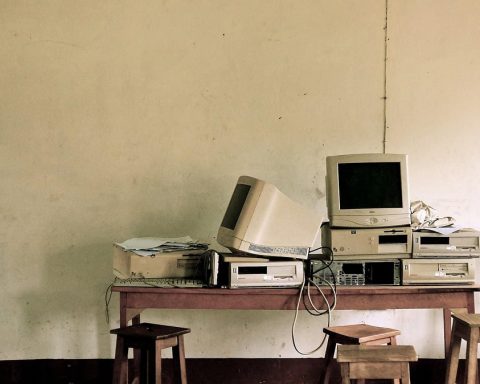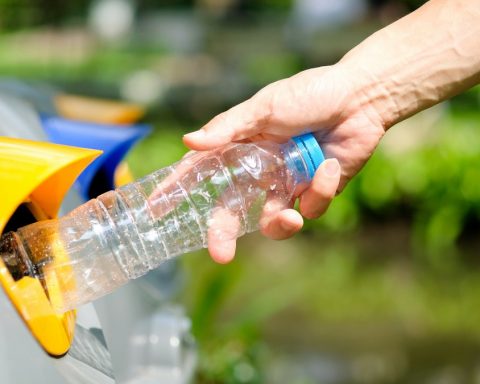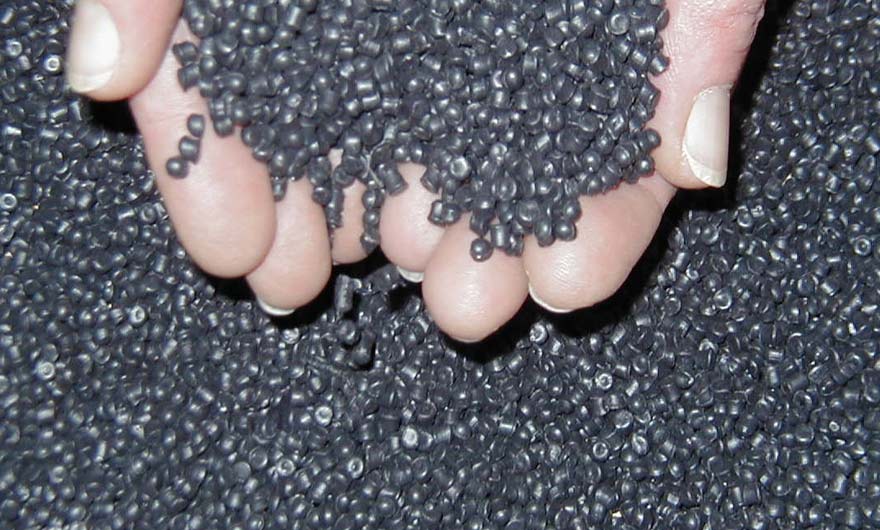Citizens and consumers aware of the issues, their role and ready to make concessions
Consumers are open to new packaging solutions, such as compostable alternatives.
Brands and the retail industry need to do more, or risk losing customers
Government ambitions that are laudable but unrealistic and do not go far enough


